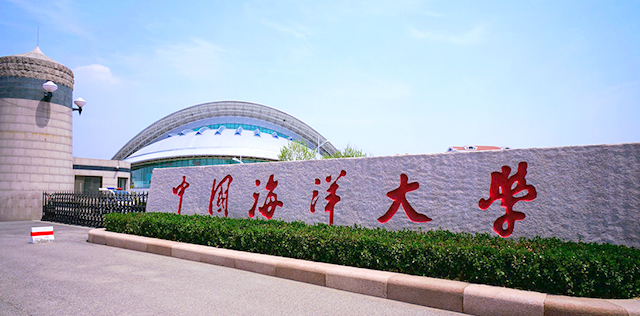



摘要:
Since the reform and opening up, China’s urbanization level has increased rapidly, with the urbanization rate rising from 17.92% in 1978 to 63.89% in 2020. At the same time, the extreme expansion of urban space has gradually become a common phenomenon, and the problem of urban sprawl has become a stumbling block to the high-quality development of Chinese cities. The traditional single-indicator method and multi-indicator method have obvious shortcomings in the richness of index dimension and the subjectivity of indicator selection, respectively, when measuring urban sprawl quantitatively. In this study, based on the weighted urban proliferation (WUP) model, we integrated the three independent dimensions of urban permeation (UP), dispersion of built-up areas (DIS), and utilization density (UD) to verify the applicability and feasibility of the model for quantifying the spatiotemporal pattern of urban sprawl, taking the Bohai Rim region in China as an example. There were four main results. Most cities in the Bohai Rim region had a moderate-to-high level of urban sprawl, with obvious spatial heterogeneity by province. The average WUP of cities in the Bohai Rim region increased by 61.83% from 2000 to 2020, and cities with moderate urban sprawl became cities with high sprawl. The urban sprawl process in the Bohai Rim region accelerated during 2010−2015 and stabilized thereafter. The increase in WUP caused by the growth of built-up areas is the main driver of urban sprawl in the Bohai Rim region. This study found that the WUP model can be effectively applied to the Bohai Rim region of China, where it reflects the multidimensional features of urban sprawl and provides new insight into its spatiotemporal pattern.
关键词:
urban sprawl; spatiotemporal measurement; weighted urban proliferation model; driving factor; Bohai Rim region in China
原文载于:https://www.mdpi.com/2073-445X/13/1/55